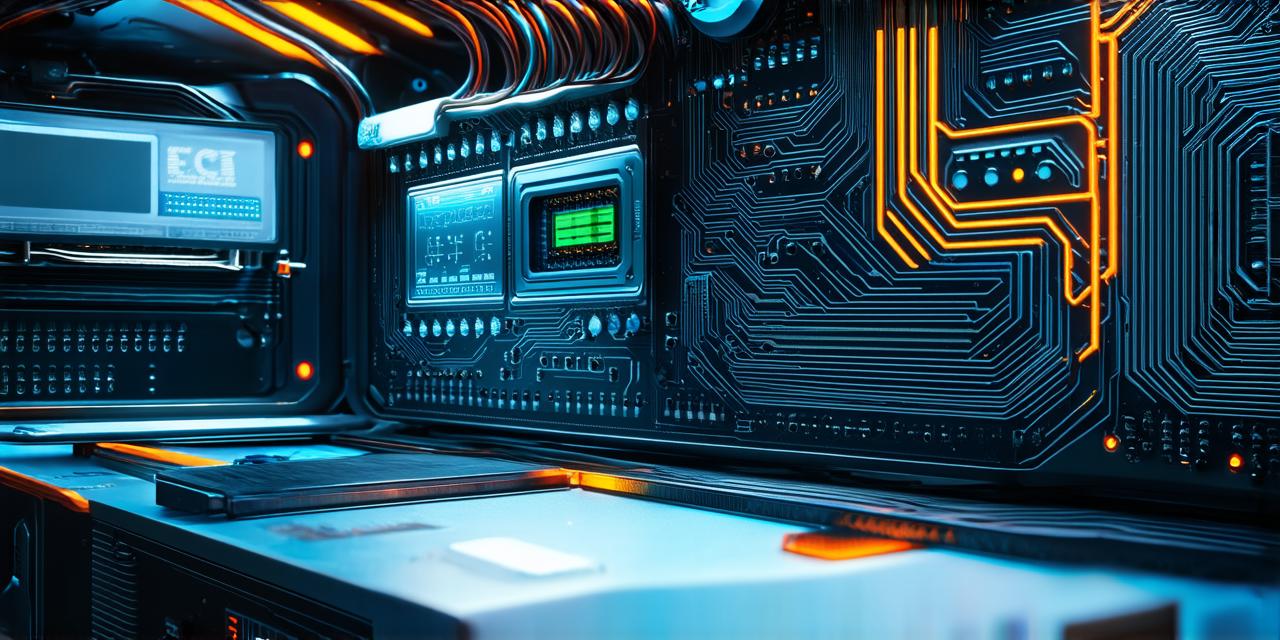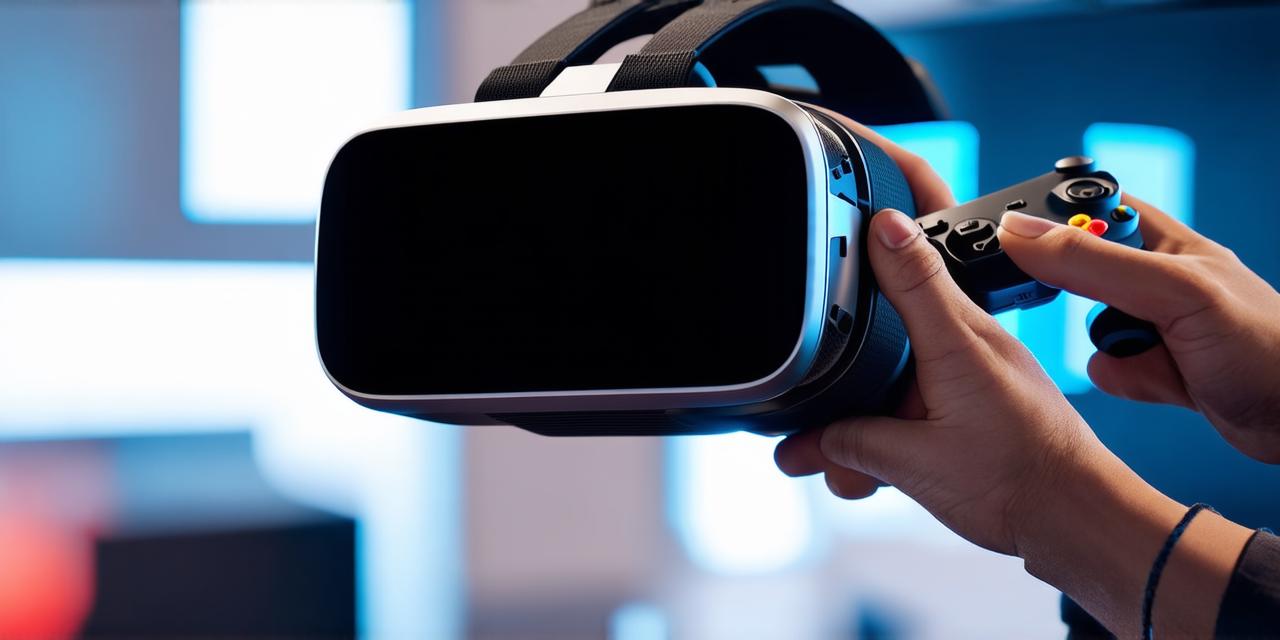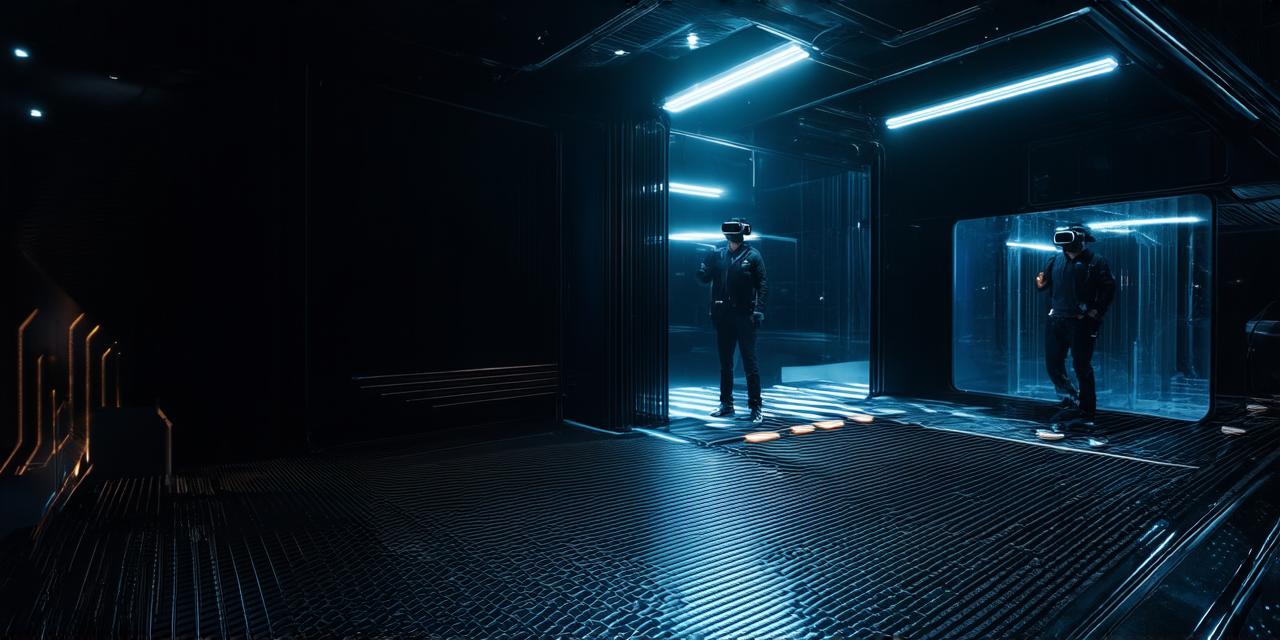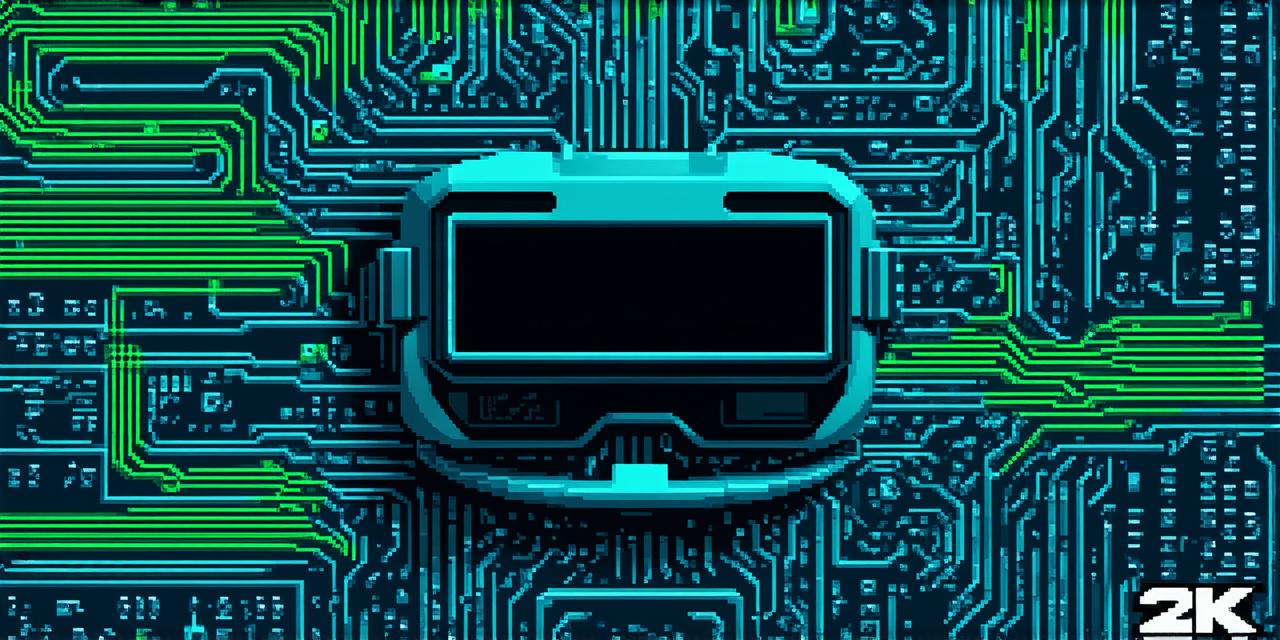What is Genuine VR?
Virtual reality is a computer-generated simulation of a 3D environment that a person can interact with using specialized equipment such as headsets or gloves equipped with sensors. While there are already a number of VR systems on the market, such as Oculus Rift and HTC Vive, these devices are not yet truly immersive or realistic.
Genuine VR refers to technology that is able to create a fully convincing 3D environment that completely engages the user’s senses, including sight, sound, touch, and even smell. To achieve this level of realism, VR developers need to overcome a number of technical challenges, such as creating realistic lighting and textures, improving motion tracking, and developing new ways for users to interact with virtual objects.
When Will Genuine VR Be Available?
Despite these challenges, there is significant progress being made in the development of genuine VR technology. Many experts predict that we will see genuine VR become widely available within the next decade or so.
One of the key drivers of this progress is the increasing availability and affordability of powerful hardware, such as high-end graphics processors and powerful computers. As these technologies improve, it becomes possible to create more convincing and immersive virtual environments that can be experienced in real-time.
Another important factor is the increasing availability of software tools and platforms that make it easier for developers to create VR content. For example, Unity, one of the most popular game engines, now includes built-in support for VR development. This has made it much easier for developers to create VR experiences without needing to have specialized expertise in this area.
Case Studies and Personal Experiences
There are already a number of examples of genuine VR technology being used in various fields, including gaming, education, and healthcare. For example, the Tilt Brush is a virtual reality painting tool that allows users to create 3D objects using simple hand gestures. This has proven to be a popular tool for artists and designers who want to create immersive and interactive installations.
In education, VR technology has been used to simulate real-world scenarios, such as medical procedures or space exploration missions. This allows students to gain valuable experience in these fields without the need for expensive or dangerous equipment.
In healthcare, VR technology has been used to create simulations of surgical procedures or pain management techniques. This can help doctors and nurses to improve their skills and reduce the risk of errors during real-world operations.
Personal experiences with genuine VR technology have also been encouraging. For example, one user reported feeling completely immersed in a virtual environment while wearing an Oculus Rift headset. They were able to interact with virtual objects in a way that felt natural and intuitive, and even experienced real emotions as they explored the virtual world.
FAQs
What is VR?
VR stands for Virtual Reality, which is a computer-generated simulation of a 3D environment that a person can interact with using specialized equipment such as headsets or gloves equipped with sensors.
What is genuine VR?
Genuine VR refers to technology that is able to create a fully convincing 3D environment that completely engages the user’s senses, including sight, sound, touch, and even smell.
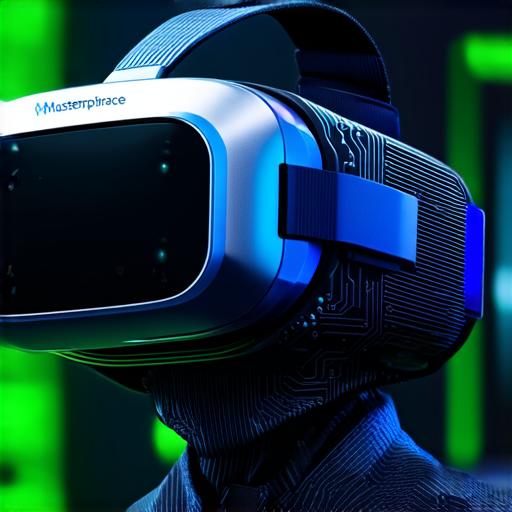
When will genuine VR be available?
Despite technical challenges, many experts predict that we will see genuine VR become widely available within the next decade or so. This is due to increasing availability and affordability of powerful hardware and software tools and platforms that make it easier for developers to create VR content.
What are some examples of genuine VR technology?
There are already a number of examples of genuine VR technology being used in various fields, including gaming, education, and healthcare. These include the Tilt Brush, medical simulations, and pain management techniques.
What is it like to experience genuine VR?
Personal experiences with genuine VR technology have been encouraging, with users reporting feeling completely immersed in a virtual environment while wearing specialized equipment such as headsets or gloves equipped with sensors. They were able to interact with virtual objects in a way that felt natural and intuitive, and even experienced real emotions as they explored the virtual world.
Summary
Virtual reality technology is rapidly advancing, and many experts predict that we will see genuine VR become widely available within the next decade or so.

